Cart
Your cart is empty
Looks like you haven’t added anything yet, browse new arrivals below!
Continue ShoppingTechnology and Comfort for PD Sufferers

Medically reviewed by:
Dr. Obianuju Helen Okoye, MD
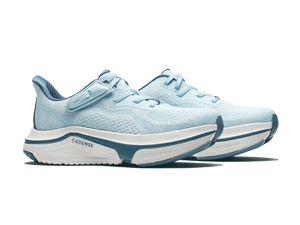

Parkinson’s disease (PD) is progressive neurological disorder characterized by symptoms such as tremors, rigid muscles, and slowed movement.
With over 10 million people afflicted with PD globally, it’s a condition that requires the right accommodations so that sufferers can lead normal lives.
Finding the right footwear may help you walk more comfortably and safely with this condition.
According to Mayo Clinic, exercising can benefit people with Parkinson’s by improving flexibility, strength, balance, mood and overall wellbeing.
Following are some exercises that are often recommended to patients with PD.
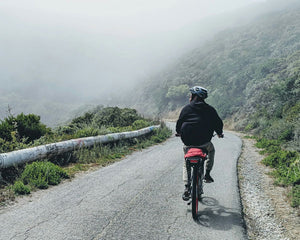
Studies show that cycling can improve motor performance, gait and quality of life for people with PD.
Be sure to wear a helmet and any additional padding you need in case you lose your balance.
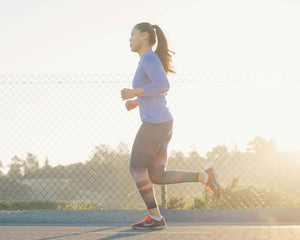
Exercises such as running can reduce the mortality rate in patients with PD. As with cycling, take precautions to protect yourself if you are concerned about losing your balance.
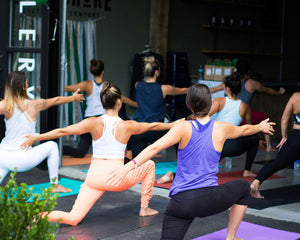
A study in Behavioural Neurology found that practicing yoga can help people with Parkinson’s to increase their balance, motor function and mobility while also decreasing their depression and anxiety.
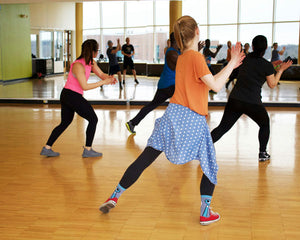
Dancing can help patients with PD to improve their gait function, balance and quality of life.
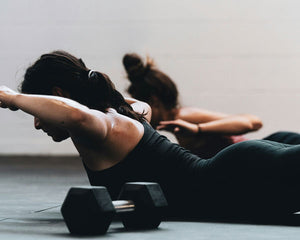
According to a review of studies on strength training’s effect on patients with Parkinson’s disease, strength training can improve quality of life and physical health.

The American Parkinson Disease Association recommends a wide range of cognitive exercises to patients with Parkinson’s disease. Examples include strategy games, reflex games, card games, word searching, preparing new recipes, memory games and more. The association also suggests meditation.
Let’s go over important features to look for when you are choosing suitable footwear for Parkinson’s.
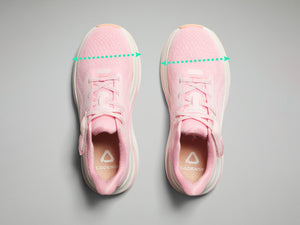
When you are trying on shoes, make sure you get the right fit. You should be able to move your toes, but they should not be up against the lining.

When the base of a shoe is wide, it is more stable. Walking in narrow shoes with Parkinson’s can increase the chances of losing your balance and falling. A shoe with a wide base will help you stay upright.
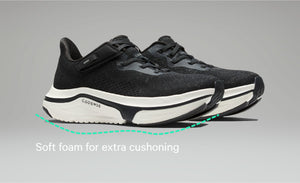
Your shoes should support your feet and help maintain the alignment of your ankles as you walk. That way, you are less likely to fall.
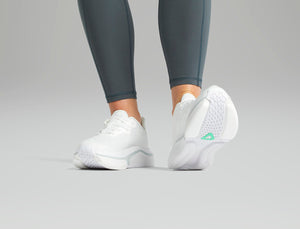
When shopping for shoes for Parkinson’s, it helps to buy from a specialist that understands the needs of people with PD and the footwear features that can help mitigate symptoms and improve safety.
That is where Cadense shines. Cadense Original Adaptive Shoes for men and women include patented variable friction technology. If you fail to lift your feet fully when you walk, this technology adapts so that you “glide” over uneven surfaces smoothly and safely. As a result, stumbles, trips, slips and falls are less likely and walking is easier, less fatiguing, and more comfortable.
Finding out you have Parkinson’s disease can be difficult. But it is important to be aware that life expectancy is often normal or close to normal with PD since this disease usually affects older adults.
By making healthy lifestyle adaptations and collaborating with your doctor on a treatment plan, you can manage the symptoms of PD. You may also want to look into therapy or a support group to help you maintain your mental wellness.
Improving walking with Parkinson’s disease entails training strength, balance and flexibility with a variety of exercises. In addition, patients with PD may also try techniques such as dual-task gait training and cueing strategies to improve their gaits.
Walking with Parkinson’s is difficult because the disease causes challenges with balance, slows down movement, and can also cause muscles to get tight.
The Parkinson Foundation of the National Capital Area says that patients with PD should avoid processed foods, saturated fats, sugary foods, excessive alcohol, and too much protein, citrus and iron. You may also want to avoid foods that are difficult to chew.
The model developed by Hoehn & Yahr in 1967 consists of five stages of progression for PD. They are simply referred to as Stages 1-5.
The Movement Disorder Task Force also has a model with three early PD stages: the Preclinical Phase, the Prodromal Phase, and the Clinical Phase.
NHS reports that the majority of PD patients have a life expectancy that is normal or close to normal.
Looks like you haven’t added anything yet, browse new arrivals below!
Continue Shopping